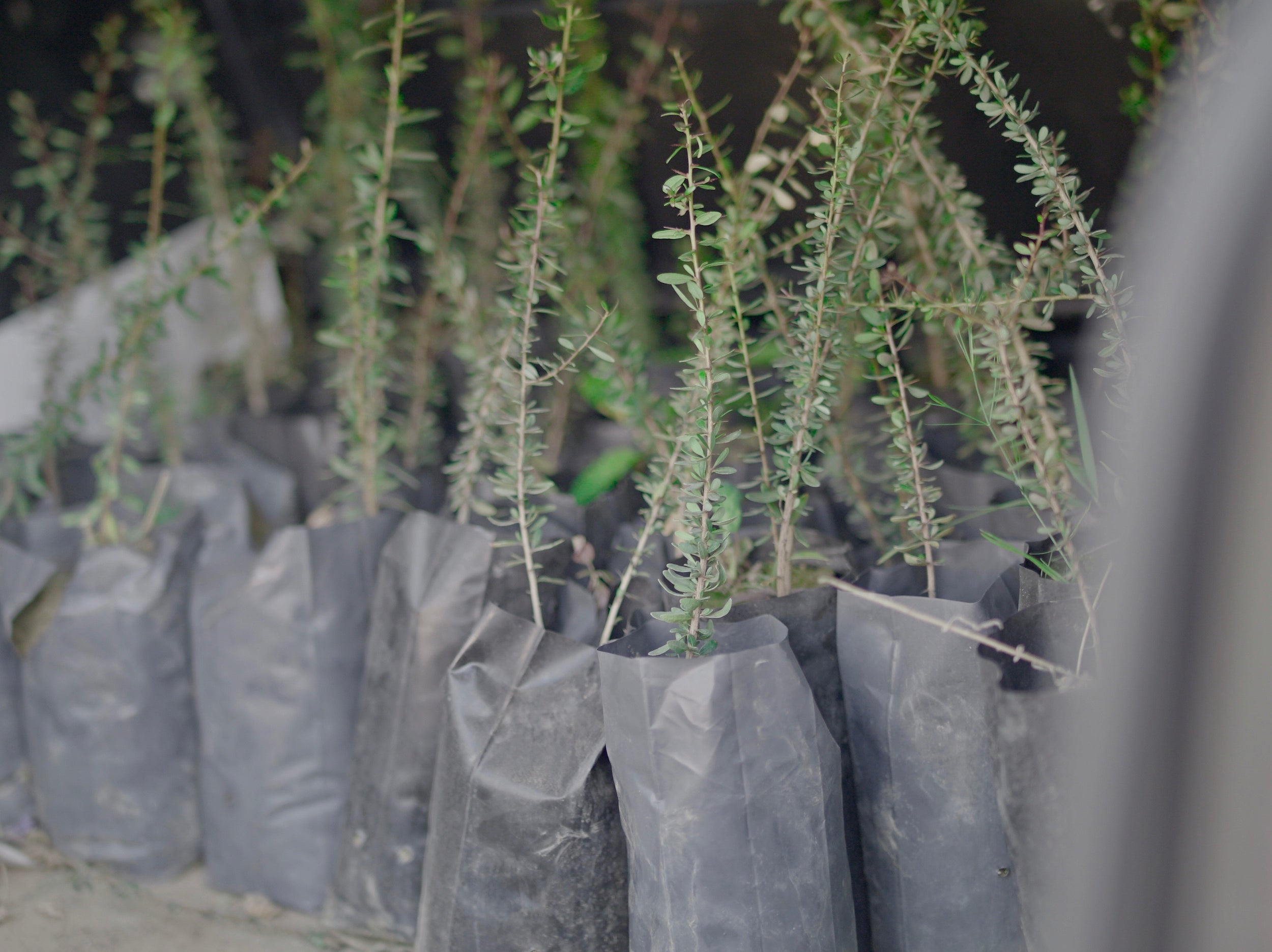When it comes to the trees for which Sapling are responsible, we mainly talk about the direct environmental and social impacts that our trees have on our planet and its communities. Our urban trees in London, Bristol, and Exeter help out with local air pollution while generally improving the aesthetics of urban areas. With lockdowns on the cards at any moment, greening cities is more important than ever. Our fruit trees in Morocco help prevent further soil erosion and provide a harvest for rural communities. Our interest in agroforestry seeks to inspire a shift towards integrating trees with agriculture to improve soil health, carbon storage and improve biodiversity. And of course, all of these trees sequester carbon which contributes to climate change mitigation. While these benefits are of undoubted importance, on occasion it is important to take a moment to sit back and appreciate the cultural and historical significance of our trees. Only then can we understand the extent to which trees are really part of our lives. While we plant an array of species, this article will focus on our most popular, the Apple.
Apples Trees (Our apple trees can be found in Perivale, Elephant and Castle, Napier Miles, Exeter, and many other locations around the UK).
As Fiona Stafford points out, apple trees were there at the beginning. Whether standing between Adam and Eve in the garden of Eden or growing golden apples for Hera on Mount Olympus, they have an aura about them that makes us think of new beginnings. Exactly why is up for debate. Perhaps because of their relatively short life span of 30-100 years, or their annual blossom that appears with a pink and white splash and disappears before you know it. In Western European tradition, apples were the most important food on which everybody lived. As Tennyson tell us, the mythical island of Avalon was brimming with apple orchards, while in Norse tradition they were the food of the gods. If we think of apples as essential to human life it is understandable why they have to be there at the beginning, perhaps before humans themselves. What we do know is that, with over 7500 different types of apple growing over 6 continents, the consistent presence of apple trees offers people all over the world the hope of new beginnings.
Apples have also been associated with knowledge. It was at the foot of an apple tree that Adam ate the forbidden fruit which gave us knowledge, but also where Isaac Newton reached his theory of gravity. It is the fruit with which Alan Turing, the founder of the computer, poisoned himself which gave rise to Apple’s company logo, a symbol which has come to be associated with technological prowess. This shows how the apple has become intertwined with the modern world through its cultural ties.
Apples have also found their way into the construction of American identity. Not only is New York dubbed ‘The Big Apple’, but the legendary Johnny Appleseed (1774-1845) became a symbol for the hard-working American farmer. Johnny was a missionary who was famed for planting apple nurseries across the United States and providing industry and nourishments to Americans. He became an inspiration and an all-American poster boy. While this myth has been somewhat lost into American history, it shows that trees can be central to the formation of identities and inspire hard-work and industry on a national level.
Why is this cultural history of trees important? Because our relationship with trees must not be reduced to the ‘what can they do for humans’ paradigm that exists today. It is important that we see trees as part of human history and culture as well as a solution to environmental crises. This will encourage us to further protect our trees and view their destruction as an attack on our own cultural history.














